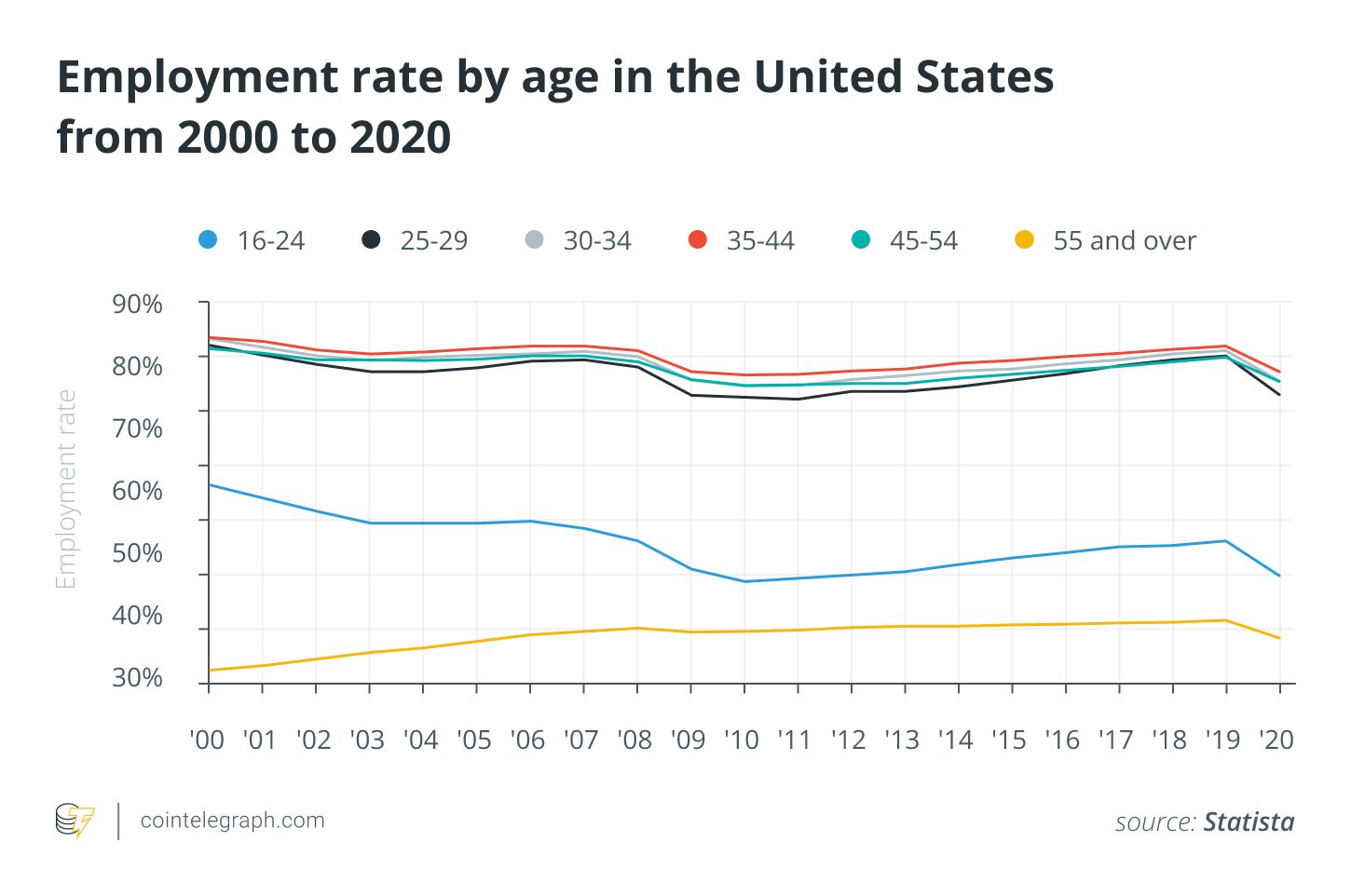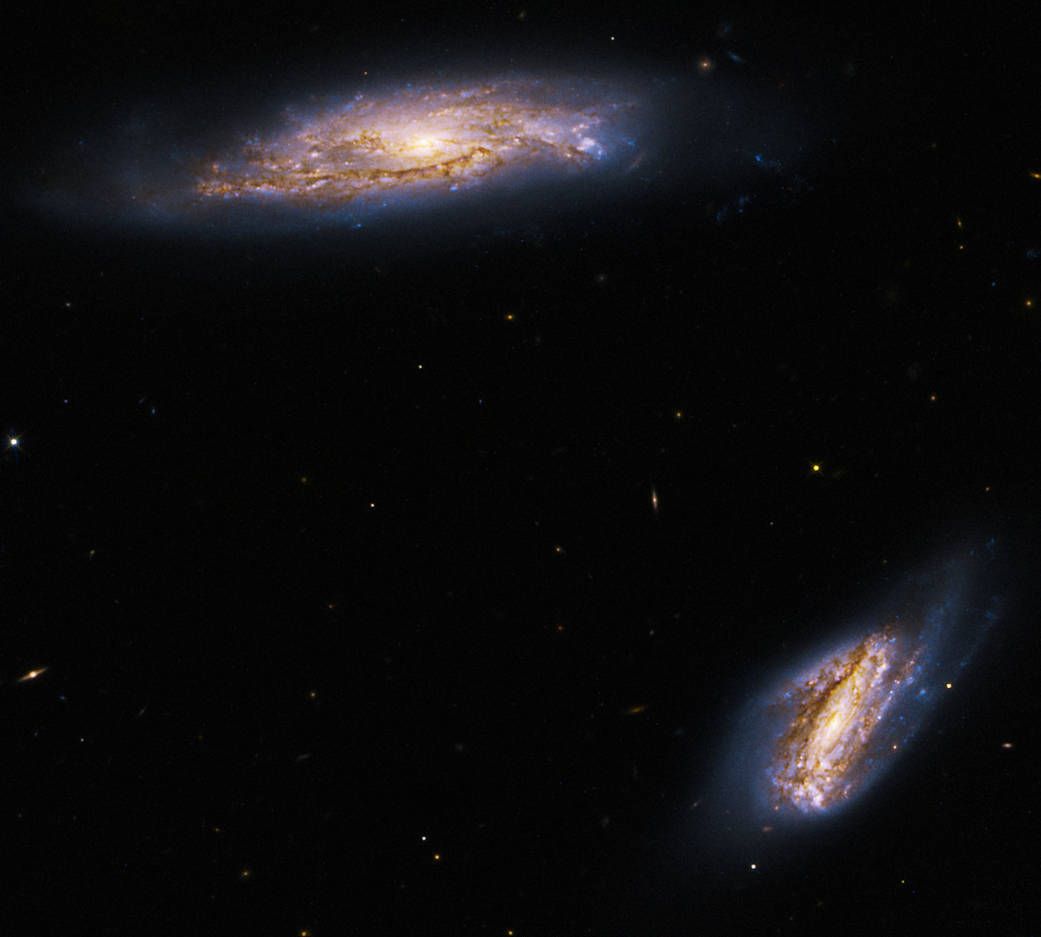NFTs and the creator economy are on a collision course
By Sadie Williamson | Venturebeat

If it feels like the NFT trend is already fairly ubiquitous, then, to coin a phrase, you ain’t seen nothin’ yet. NFTs may be one of the most talked-about trends happening on social media, although until now, NFTs haven’t featured much within social media. But that’s set to change.
At the start of this year, Twitter launched a limited feature that allows users to upload NFTs to their profile in the same way as a profile picture. At an event at SXSW in late March, Mark Zuckerberg announced plans to integrate NFTs into Instagram “in the near term” – and those plans materialized faster than most expected. Instagram head Adam Mosseri just shared on Twitter that the photo-sharing platform is rolling out the “ability for creators, and people, to share NFTs that they’ve made or that they’ve bought, either in Feed or in Stories, or in messaging.”
YouTube is also getting in on the act. A February announcement brought news that the firm will launch new creator tools, enabling video makers to sell their content as NFTs. Spotify is also reportedly (subscription required) exploring NFTs, having recently posted job ads for Web3-focused positions.
The value of being able to use an NFT as a profile picture may seem somewhat questionable, but these last two developments perhaps give the biggest clues as to the potential benefits of including NFTs in the established social and media landscape – monetization.
In the Economy 3.0, metaverses will create jobs for millions
by Johnny Lyu | CoinTelegraph

Job creation is traditionally engineered by politicians desperate to get the country back to work and to be seen as stimulating the economy. From the job creation programs of the Great Depression to United States President Barack Obama’s American Jobs Act, employment schemes have a long, checkered history. Today, fostering meaningful employment for the masses remains as popular as ever with policymakers, and yet, the next great job creation scheme is unlikely to be issued as a top-down order.
Danny's workmate is called GPT-3. You've probably read its work without realising it's an AI
by James Purtill | ABC Science
Two years ago this weekend, GPT-3 was introduced to the world.
You may not have heard of GPT-3, but there's a good chance you've read its work, used a website that runs its code, or even conversed with it through a chatbot or a character in a game.
GPT-3 is an AI model — a type of artificial intelligence — and its applications have quietly trickled into our everyday lives over the past couple of years.
In recent months, that trickle has picked up force: more and more applications are using AI like GPT-3, and these AI programs are producing greater amounts of data, from words, to images, to code.
A lot of the time, this happens in the background; we don't see what the AI has done, or we can't tell if it's any good.
But there are some things that are easy for us to judge: writing is one of those.
From student essays to content marketing, AI writing tools are doing what only a few years ago seemed impossible.
In doing so, the technology is changing how we think about what has been considered a uniquely human activity.
And we have no idea how the AI models are doing it.
5 Minute Read →
🌙 NASA - Best Photo from Last Week
Hubble Captures Giant Elliptical in the Head of the Serpent

This new image from NASA’s Hubble Space Telescope looks at two spiral galaxies, collectively known as Arp 303. The pair, individually called IC 563 (bottom right) and IC 564 (top left), are 275 million light-years away in the direction of the constellation Sextans.
The image holds data from two separate Hubble observations of Arp 303. The first used Hubble’s Wide Field Camera 3 (WFC3) to study the pair’s clumpy star-forming regions in infrared light. Galaxies like IC 563 and IC 564 are very bright at infrared wavelengths and host many bright star-forming regions.
The second used Hubble’s Advanced Camera for Surveys (ACS) to take quick looks at bright, interesting galaxies across the sky. The observations filled gaps in Hubble’s archive and looked for promising candidates that Hubble, the James Webb Space Telescope, and other telescopes could study further.
The colors red, orange, and green represent infrared wavelengths taken with WFC3, and the color blue represents ACS visible light data.
Image Credit: NASA, ESA, K. Larson (STScI), and J. Dalcanton (University of Washington); Image Processing: G. Kober (NASA Goddard/Catholic University of America)
Media Contacts:
Claire Andreoli
NASA's Goddard Space Flight Center
301-286-1940
Last Updated: May 27, 2022
Editor: Andrea Gianopoulos
📚 Top 3 Book Summaries for the week
Disclaimer: None of the content in this newsletter is meant to be financial advice. Please do your own due diligence before taking any action related to content within this article.
Disclaimer: Unbound is reader-supported. When you buy through links on our site, we may earn an affiliate commission.





